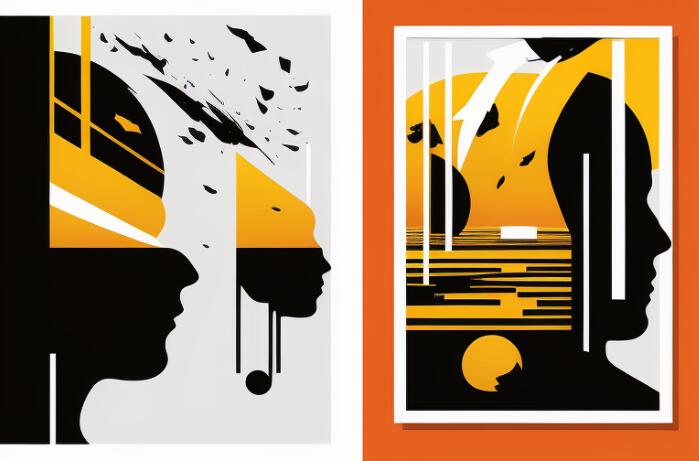Artificial intelligence (AI) is changing our world at an unprecedented speed, and its influence has extended from the field of technology to the field of artistic creation. In recent years, AI paintings have frequently fetched high prices at auctions, triggering heated discussions about AI art and posing new challenges to traditional art models. This article will explore the rise of AI art, taking the AI art creation program Botto as an example, and provide an in-depth analysis of its business model and potential impact on the art world.
The future of art may no longer just belong to humans. This year, the application of artificial intelligence (AI) has penetrated into the daily lives of millions of people around the world, transforming from a science fiction concept to a practical tool that simplifies daily activities and optimizes users’ time. Today, a new phenomenon is emerging: AI "artists" raising millions of dollars by "creating works that are more interesting than humans" will undoubtedly subvert the traditional art creation model.
A groundbreaking AI design program called Botto, whose computer-generated works have been sold for millions of dollars, heralds a possible revolution in the creative field. According to international media reports, since its creation in 2021, Botto has created more than 150 works across multiple disciplines and has raised more than $5 million in auctions.

German artist Mario Klingemann, one of the founders of Botto, said online: “The latest advances in artificial intelligence, deep learning and data analysis make me believe that in the near future, artists using machines will be able to create works that are better than The more interesting works of man.”
Simon Hudson, another founder, said Botto has two main goals. "The first is to be recognized as an artist, and the second is to be a successful artist." He added that this could include having a "profound impact" on people through commercial, financial, cultural or even spiritual success.
Like other generative AI imaging programs like DALL-E, Botto operates based on prompts, but what makes Botto special, Hudson explains, is that its initial guidance is very vague, "by combining random words, phrases, and symbols." …to generate images”.
Botto generates 70,000 random works every week, from which 350 are selected and submitted to a "decentralized autonomous organization" composed of 5,000 people. The organization votes to select a work for auction. “Botto shatters the myth of the lone genius artist by showing that a work of art is actually a collective process of creating meaning,” Hudson believes. “When you have large amounts of AI-generated content, this process becomes even more important. "
According to a recent study by Gartner, more than 70% of people in advanced economies already interact with AI-powered systems for daily tasks such as managing schedules, online shopping and even cooking. This means that AI is not only simplifying our lives, but also gradually penetrating into more creative fields.
The emergence of Botto undoubtedly poses new challenges and opportunities to the traditional art world. Can AI replace human artists? Can AI-generated works be considered true art? These questions deserve further consideration.
The rise of AI art not only brings new art forms, but also triggers people to rethink the nature of art, the creative process and the role of artists. Botto's successful case provides us with a new perspective on the integration of artificial intelligence and art, and also indicates that the future art field is full of infinite possibilities. This will be an ongoing process of evolution and we will see.